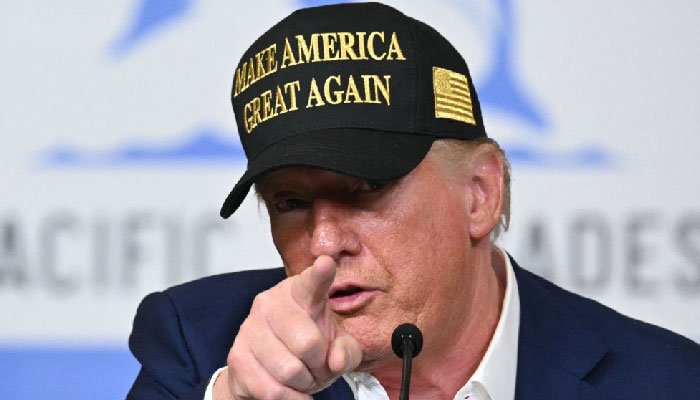BRICS: The US Dollar is Becoming a Growing Concern. In the aftermath of the 16th BRICS summit in October 2024, Russian Foreign Ministry spokesperson Maria Zakharova made a bold statement calling the US dollar a “problematic currency.” Zakharova highlighted that the de-dollarization agenda is no longer just an aspiration for several nations but a pressing reality, as countries seek to reduce their dependence on the US dollar. What began as a prominent initiative last year is now struggling to maintain its momentum, especially after recent developments that forced several BRICS members to reassess their stance on de-dollarization.
The temporary halt in de-dollarization efforts comes as a direct response to US President Donald Trump’s threat of imposing 100% tariffs on goods from BRICS countries. This dramatic move led to countries like India and Brazil pulling back from their de-dollarization goals, favoring a more pragmatic approach that involved continued use of the US dollar. However, this shift is largely seen as a reaction to external pressures rather than a voluntary decision by these nations.
One of the core issues driving the de-dollarization movement in developing countries is the US’s increasing use of the dollar as a geopolitical weapon. The US government, particularly under the Trump administration, has leveraged economic sanctions as a tool of foreign policy, resulting in significant harm to the economies of targeted nations. Former US Treasury Secretary Janet Yellen has acknowledged the role of sanctions in accelerating the global trend toward de-dollarization. These sanctions, which have targeted a range of countries from Russia to Iran, have often had devastating economic consequences, leading many countries to reconsider their reliance on the US dollar.
The BRICS alliance, consisting of Brazil, Russia, India, China, and South Africa, has long been vocal about its desire to reduce the global dominance of the US dollar. The bloc’s agenda has focused on creating alternative financial systems and fostering the use of local currencies for trade among its member states. However, as the US continues to impose sanctions and now threatens tariffs on BRICS nations, the situation has become increasingly volatile.
The anger toward the US and its economic strategies has only grown, and this is likely to intensify as countries within BRICS and beyond search for alternatives to the US dollar. The sanctions imposed on Russia and other nations have already led to significant steps toward de-dollarization, but with tariffs now entering the equation, the situation could escalate further. More countries are expected to explore methods to sidestep the US dollar, whether through the use of their own currencies or by forming new alliances outside of the dollar’s influence.
While BRICS remains at the forefront of this movement, it is clear that other countries may eventually follow suit. Whether it’s through a more coordinated effort by BRICS or the emergence of new coalitions, the growing sentiment against the US dollar could eventually shift the global economic landscape. The road to de-dollarization might not be immediate, but the dynamic nature of the global market means that change is inevitable.
The current tensions suggest that the US’s use of economic sanctions and tariffs is not just damaging individual economies but may also be hastening the decline of the US dollar’s dominance in global trade. As developing nations continue to look for new alternatives, the future of the dollar could be increasingly uncertain, and its once-untouchable status may soon be questioned by a growing number of countries.








